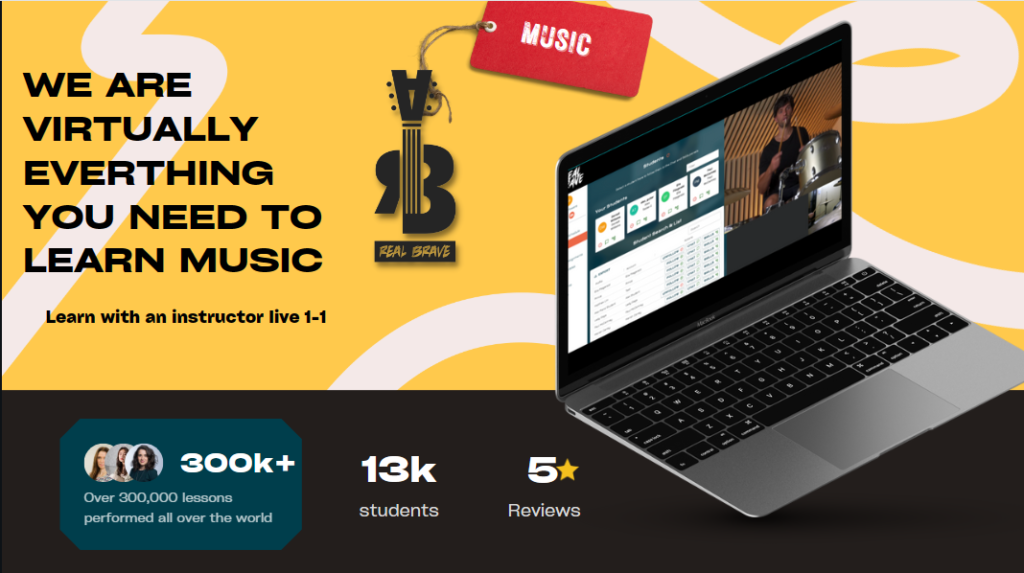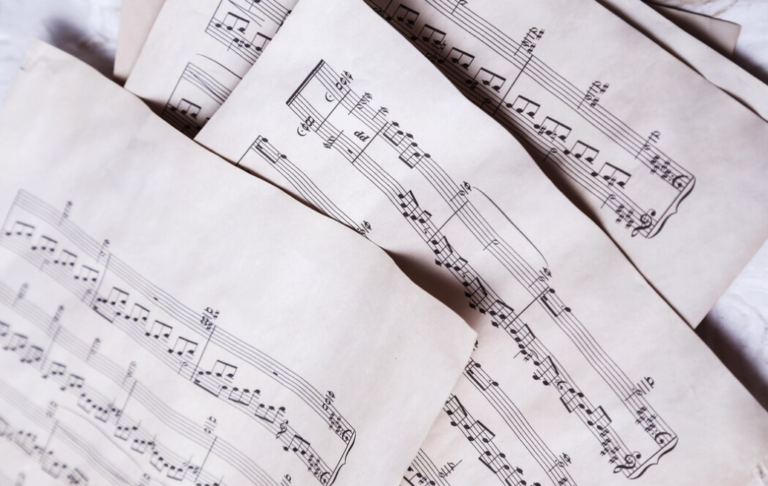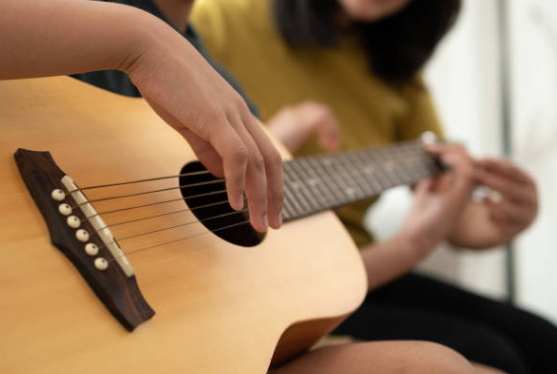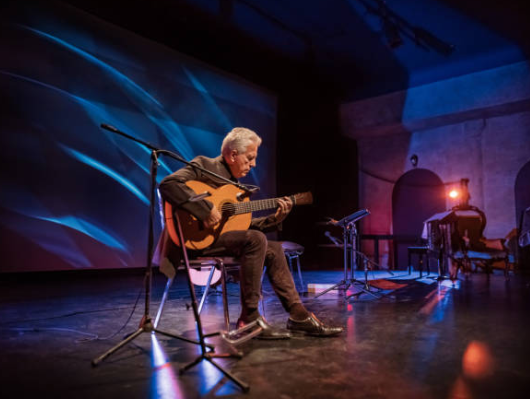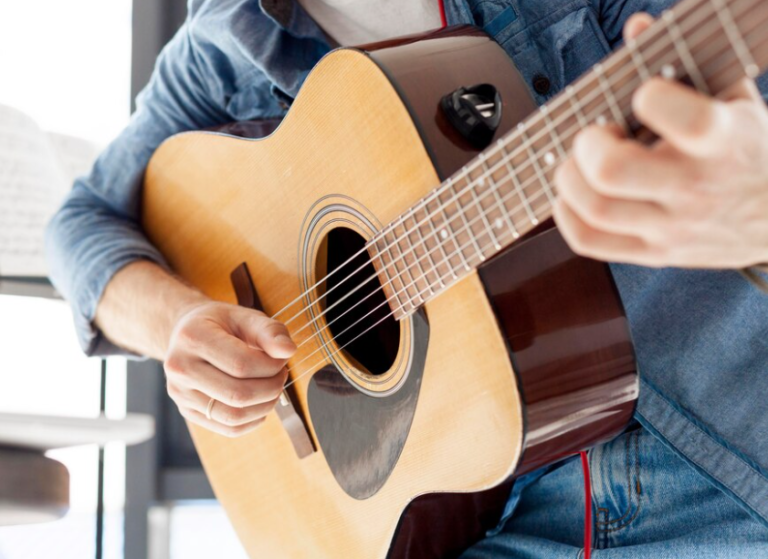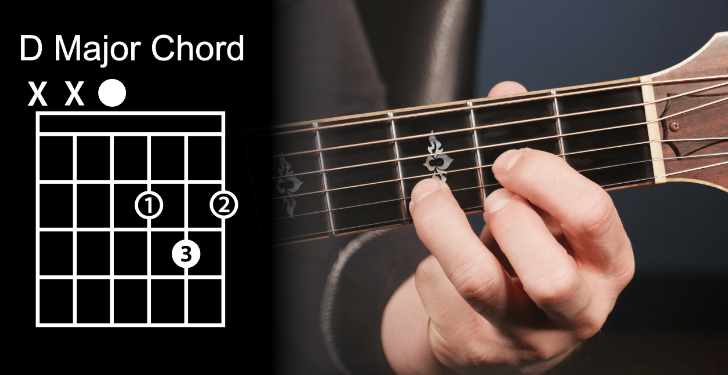What You Need To Know About Guitar Modes
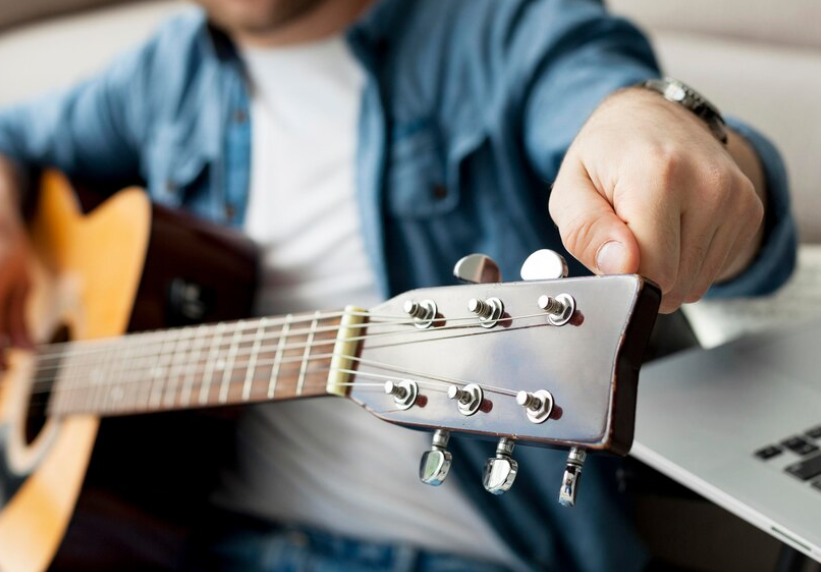
If you’ve been playing guitar for a little while, you’ve probably heard the term “modes” tossed around. It might sound complex, but don’t worry—guitar modes are more straightforward than you might think! In this guide, we’ll break down what modes are, why they matter, and how you can start using them to enhance your playing.
What Are Guitar Modes?
At their core, guitar modes are just scales. To be more specific, they are variations of the major scale. Each guitar mode has its own unique sound and mood, making them a powerful tool for adding flavor and emotion to your music. There are seven guitar modes, and each one starts on a different note of the major scale.
Here’s a quick overview of the seven guitar modes:
- Ionian (Major Scale)
- Dorian
- Phrygian
- Lydian
- Mixolydian
- Aeolian (Natural Minor Scale)
- Locrian
Breaking Down the Modes
Let’s look at each mode in more detail, using the C major scale as our example. The C major scale consists of the notes C, D, E, F, G, A, and B.
- Ionian (C to C): This is your regular major scale. It’s bright, happy, and familiar.
- Dorian (D to D): This mode has a jazzy, soulful feel. It’s like a minor scale but with a raised sixth note. It’s great for blues and jazz.
- Phrygian (E to E): Phrygian has a Spanish, exotic vibe. It’s similar to a minor scale but with a flat second note.
- Lydian (F to F): Lydian is the dreamy mode. It’s a major scale with a raised fourth note, giving it a floating, ethereal quality.
- Mixolydian (G to G): This mode has a bluesy, rock sound. It’s a major scale with a flat seventh note, often used in rock and blues.
- Aeolian (A to A): Also known as the natural minor scale, Aeolian is the go-to for creating a sad or reflective mood.
- Locrian (B to B): Locrian is the darkest mode, with a flat second and fifth. It’s less common but can add tension and dissonance to your music.
How to Practice Guitar Modes
Now that you know the basics, it’s time to get these guitar modes under your fingers. Here’s how to practice them:
- Start with the Major Scale: Begin by playing the C major scale up and down the fretboard. Make sure you’re comfortable with it, as it’s the foundation for all the modes.
- Shift the Starting Note: To play a mode, start the major scale from a different note. For example, to play Dorian, start on D instead of C and play the notes of the C major scale.
- Listen for the Mood: Pay attention to how each mode feels. Play them slowly and let your ears soak in the different moods. This will help you internalize the sound of each mode.
- Improvise: Once you’re familiar with the modes, try improvising over a simple chord progression using one mode. For example, you can play Dorian over a D minor chord.
- Use Backing Tracks: There are plenty of backing tracks available online specifically for practicing modes. Playing along with a backing track can help you hear how the modes sound in a musical context.
Why Learn Modes?
Guitar modes open up a whole new world of musical possibilities. They allow you to step beyond the standard major and minor scales and explore different emotions and colors in your playing. Whether you want to add a touch of mystery, a hint of jazz, or a splash of rock to your music, modes give you the tools to do it.
Plus, understanding guitar modes can make you a more versatile guitarist. Many genres, from jazz to metal, rely on modes to create their signature sounds. By learning these modes, you’ll be better equipped to play in different styles and even start creating your own music.
Final Thoughts
Don’t let the idea of guitar modes intimidate you. Start by getting comfortable with the major scale, then slowly explore each mode, one by one. With practice, you’ll start to hear and feel the differences between them. Before you know it, you’ll be using modes to bring your guitar playing to life.
Remember, the key to mastering guitar modes—or anything on the guitar—is patience and practice. Take your time, enjoy the process, and most importantly, have fun with it!
Happy playing!
If you’re interested in learning an instrument, at Real Brave, we offer an incredible experience like no other place in music lessons for kids and adults by guiding them from the beginning stages of getting to know an instrument all the way through performing for family and friends on stage. Our instructors come from all over the world, bringing extensive experience on a wide range of instruments. Click on the image below and book a free lesson with us!
Author: Daniel Powers Jr, the founder of Real Brave™, serves as the chief inspiration to thousands of students in the Real Brave music instruction program. He’s also the visionary behind PracticePad™, an online platform for live one-on-one online music lessons, lesson tracking, and scheduling. Beyond his entrepreneurial pursuits, Daniel leads a non-profit organization that provides formerly homeless children with access to music education, making a profound impact on their lives. His unwavering dedication to music, innovation, and education continues to inspire individuals to reach their fullest potential while creating positive change in communities. Follow Real Brave on all the socials:
youtube.com/@realbraveinc
twitter.com/realbraveinc
https://www.tiktok.com/@realbraveinc
instagram.com/realbraveaudio
facebook.com/realbraveinc
